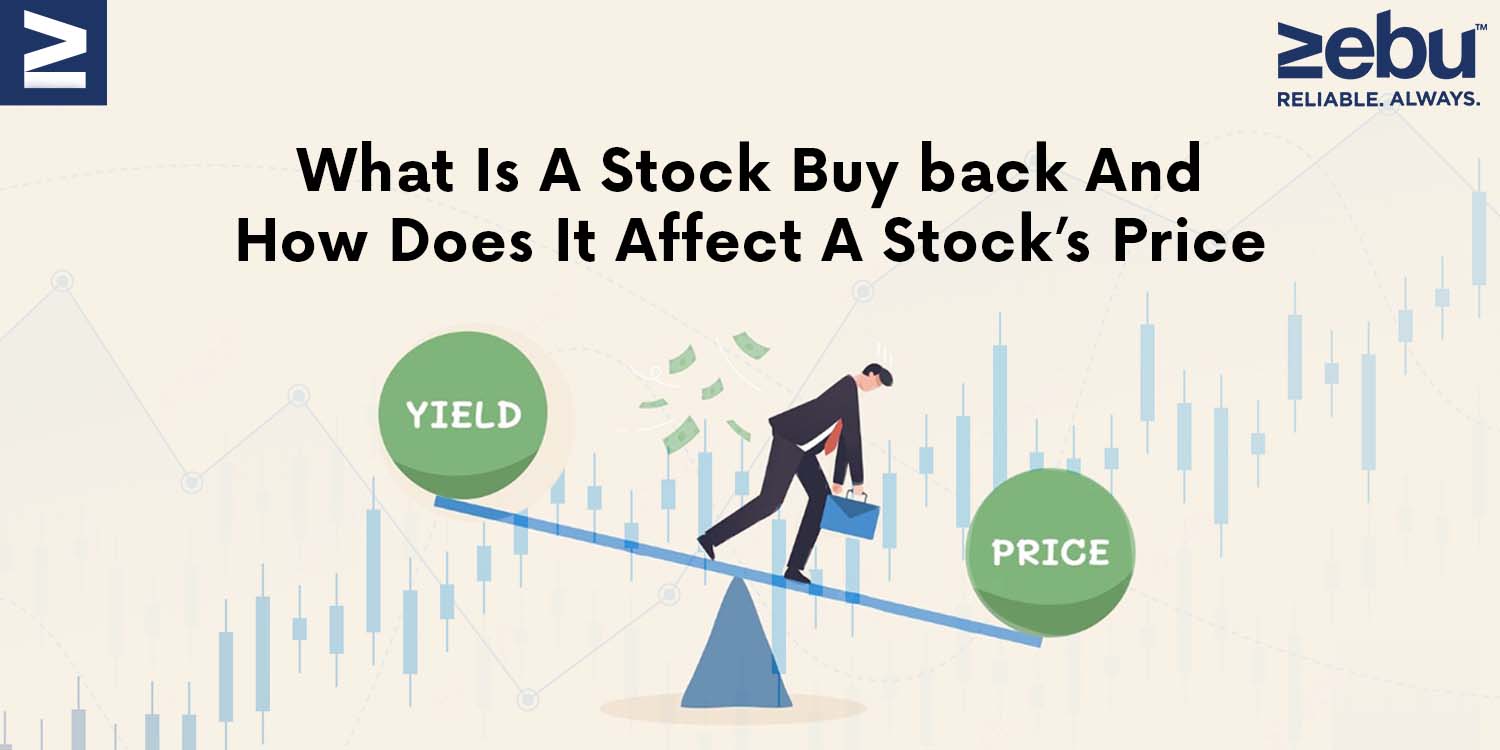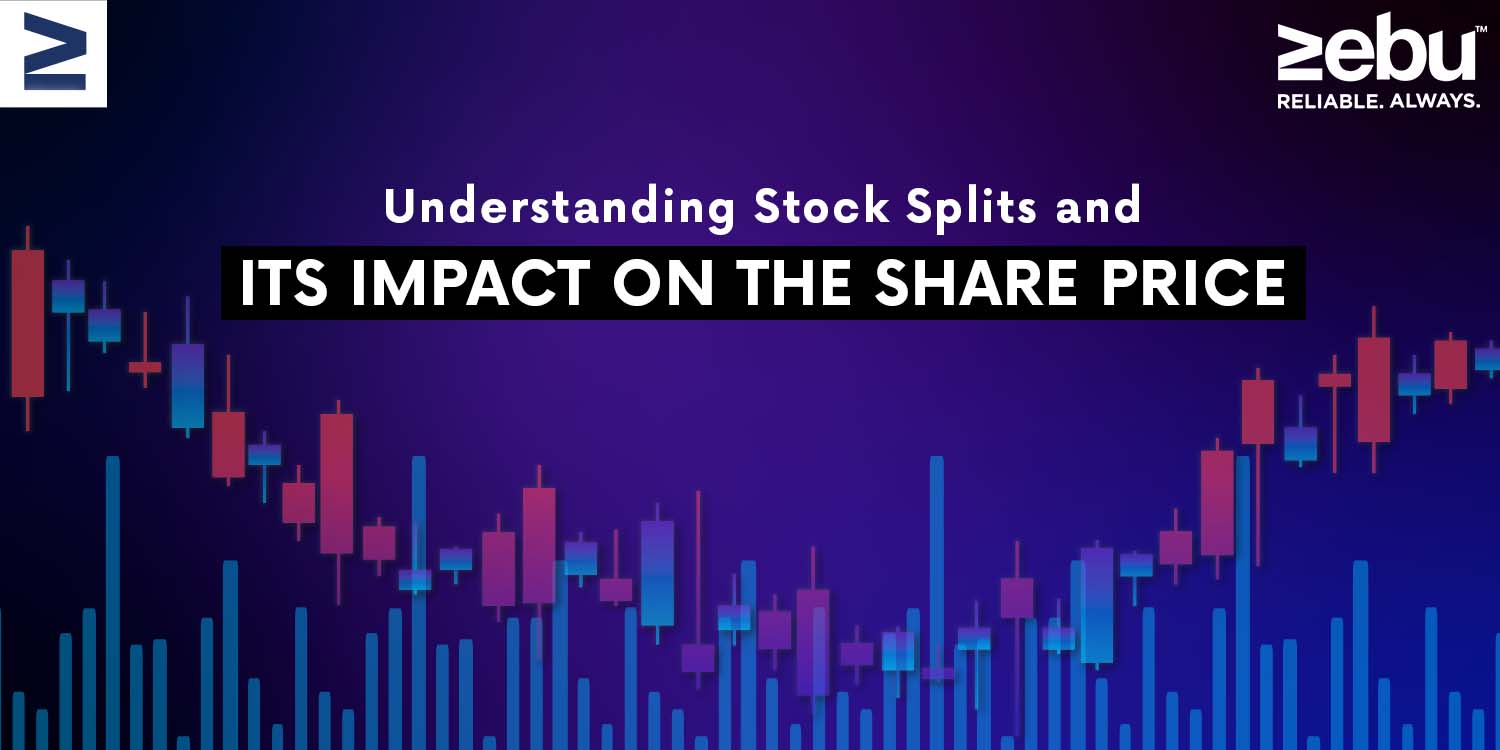
Over the last few years, a number of companies have said they will buy back their own shares. Before we get into the details of buybacks in India, let’s look at how they work around the world. There are two ways for a company to buy back its own shares around the world. First, you can buy back the shares and keep them as “treasury stock” on the company’s balance sheet. The company uses this for treasury operations. Second, you can buy back the shares and get rid of them, which will reduce the number of shares that are still outstanding by that amount. In India, the first way isn’t allowed. Instead, shares can only be brought back to get rid of them.
So, why do companies buy back their own shares? Why does a company buy back its own shares? One needs to know what the benefits are for the company and the shareholders. The most important question is what shareholders can get out of buying back their own shares.
As a stock trading company we are inclined to recommend you the best tools for you to trade seamlessly. Our online trading platform is best for both first-time and regular traders and to top it off we also give the lowest brokerage for intraday trading.
1. Have a lot of money but not many projects to invest in
This is one of the main reasons why companies want to buy back their own shares. Indian IT companies like Infosys, TCS, Wipro, and HCL Tech had billions of dollars in cash on hand most of the time. Now, keeping money in the bank costs money, so it’s better to give it back to shareholders. A company like Reliance Industries may have billions of dollars in cash, but it also has huge investments in the telecom industry. Most IT companies use business models that have been around for a while, and there aren’t a lot of new projects to work on. One of the main reasons for buying back shares is that there is too much cash on the books and not enough investment opportunities.
2. Buybacks are a better way to reward shareholders because they save on taxes
This advantage became clearer in India after the 2016 Union Budget, when the government said that shareholders would have to pay a 10% tax if their annual dividends were more than Rs. 10 lakhs. Now, companies are taxed almost three times on the dividends they pay out. First, dividends are paid out after taxes have been taken out. Second, there is a dividend distribution tax (DDT) of 15% when the company pays out the dividend. Third, shareholders pay a 10% tax. Most of the 10 percent tax went to promoters and big shareholders. Even with the 10% tax on long-term capital gains that was added in the 2018 budget, buybacks are still a good tax deal.
3. In theory, buybacks tend to raise the value of a company
When a company buys back its own shares, the number of shares out in the market and the capital base go down. In this way, it makes the company’s EPS and ROE better. If the P/E stays the same, when the EPS goes up, the stock price should also go up. But in real life, it doesn’t happen very often. When a company buys back its own shares, it is seen as a business with few chances to grow and invest in the future. Since P/E ratios are usually based on growth, these companies tend to have lower P/E ratios. So, even though EPS goes up, the effect on valuation is usually about the same because P/E goes down.
4. The company can send a message that the stock price is too low
This may be the most important message that companies want to send when they buy back their own shares. The fact that the company is sure enough of itself to use its reserves to buy back its own shares suggests that the company’s leaders think it is undervalued. This is more important for stocks that have dropped sharply but don’t seem to have any major problems. In this situation, it might be a good idea for the company to buy back the shares to show that prices have hit rock bottom. Even though the stock may not rise sharply, it usually helps the stock find a bottom.
6. It can help the company’s founders get a bigger share of the business
There are times when the people who started a business may worry that their stake in it will fall below a certain level. A buyback is an offer, and it’s up to the shareholders to decide if they want to take it. If the promoters agree to the buyback, it keeps their stake in the business and gives them cash. On the other hand, if they don’t take the buyback, they can increase their stake in the company. This is very important if the company is afraid that another company will try to take it over.
In India, the only way to buy back shares is to get rid of them. Even though the effect on stock prices is still up for debate, there is no doubt that buybacks are a tax-efficient way to give cash back to shareholders.
As previously informed as a stock trading company we have the best tools for you to trade seamlessly. Our online trading platform is best for both first-time and regular traders and to top it off we also give the lowest brokerage for intraday trading.
